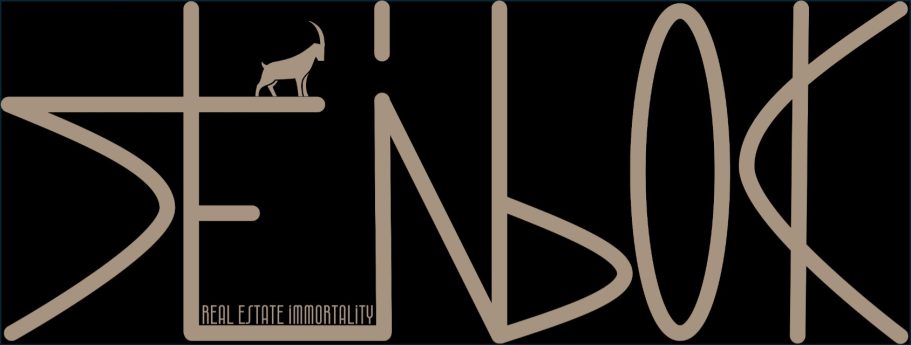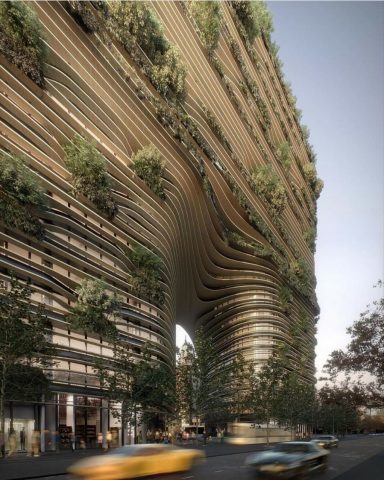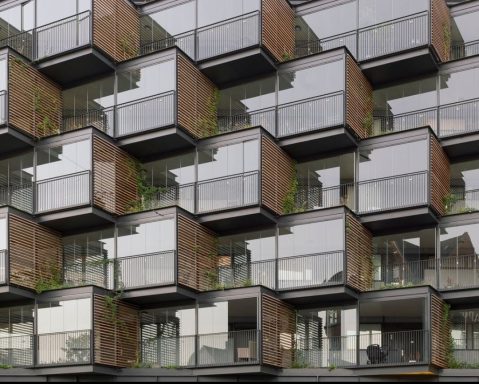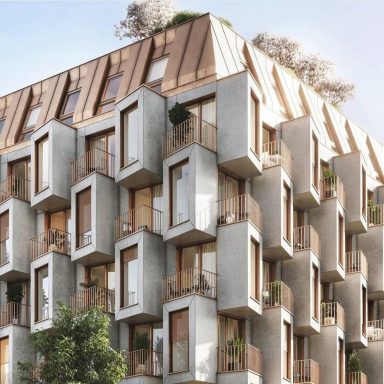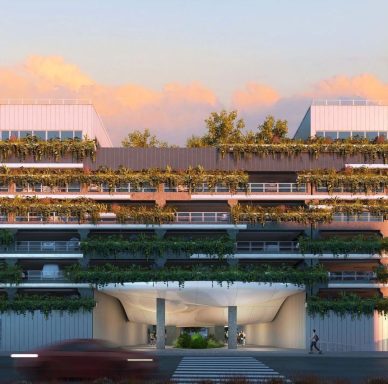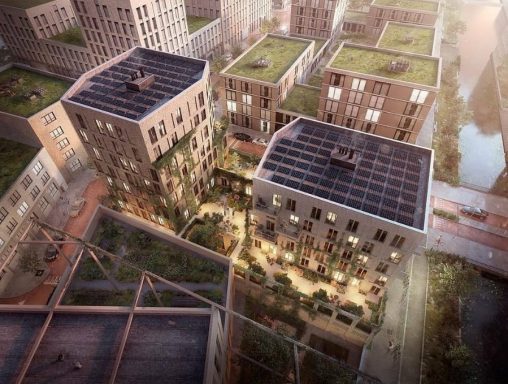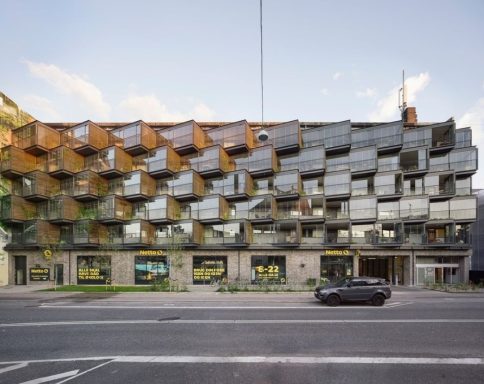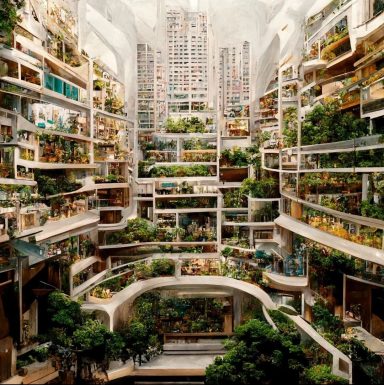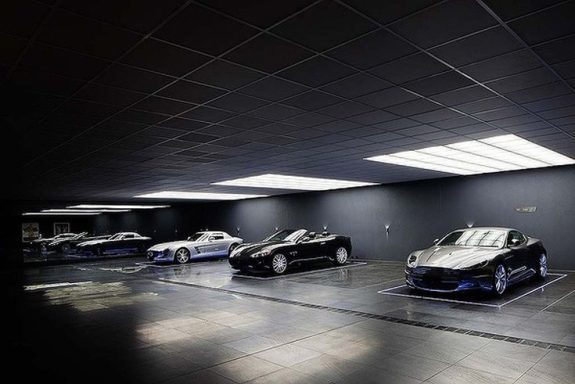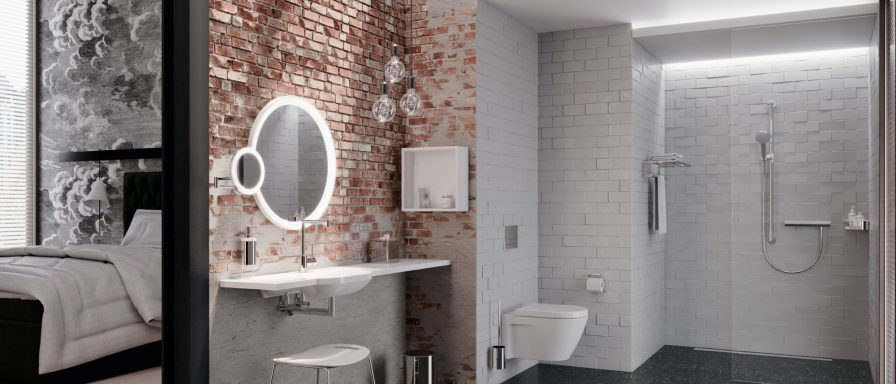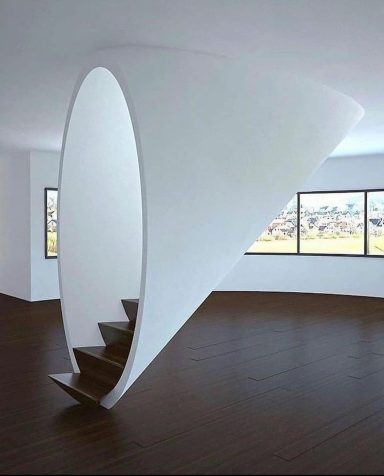Territory
&
Targets
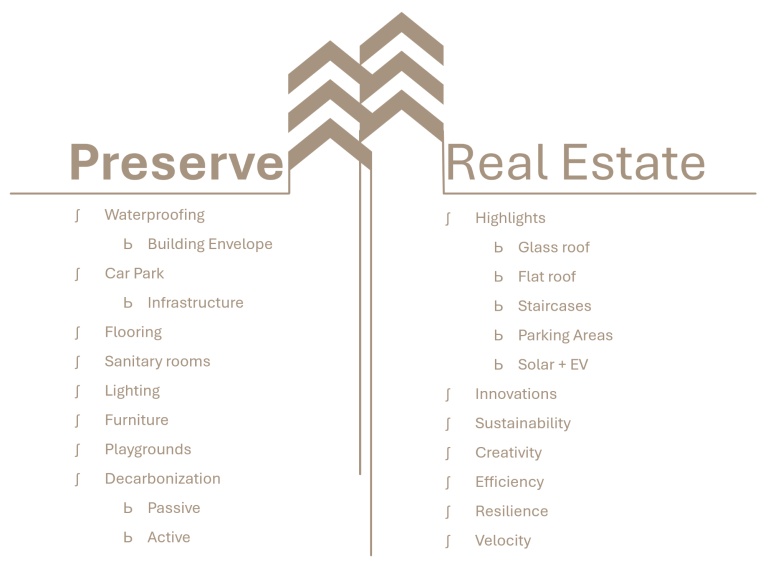
Retail
Retail Industry
Asset under Management
Every aspect and every facet of the needs of an existing commercial building should be analyzed from our perspective. Only then can you be sure that the desired solution is the right one, the right measures are implemented, and the expected result will be achieved.
A building must not only adapt to the needs of its users. It must also reflect the times in terms of architecture, construction, innovation, and sustainability.
We enable INNOVATIONS - for a SUSTAINABLE future!
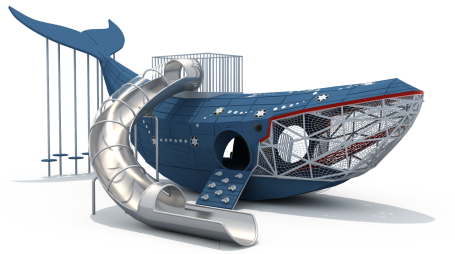


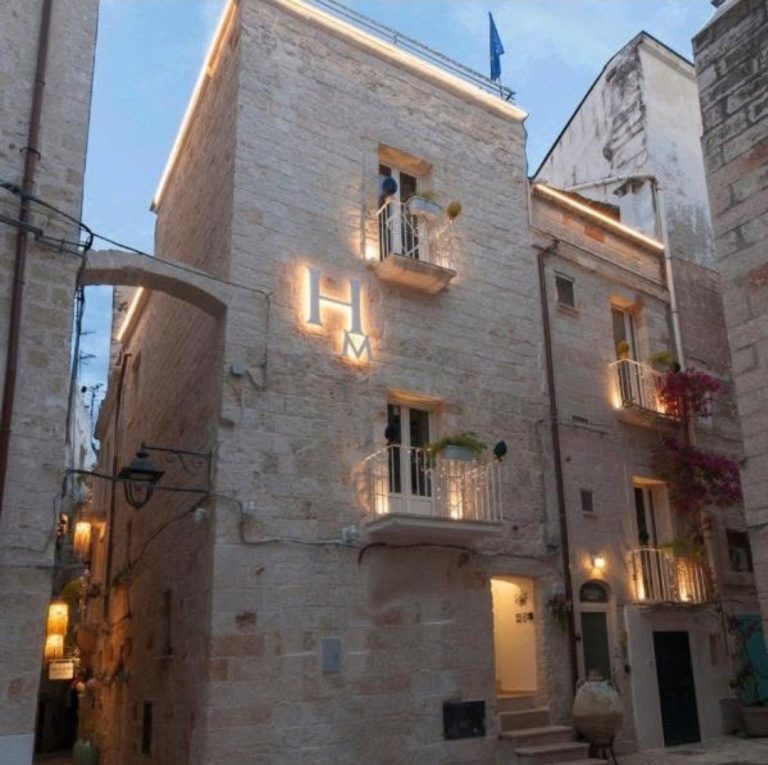
Hotel
Hotel Industry
Asset under Management
Every aspect and every facet of the needs of an existing commercial building should be analyzed from our perspective. Only then can you be sure that the desired solution is the right one, the right measures are implemented, and the expected result will be achieved.
A building must not only adapt to the needs of its users. It must also reflect the times in terms of architecture, construction, innovation, and sustainability.
We enable INNOVATIONS - for a SUSTAINABLE future!
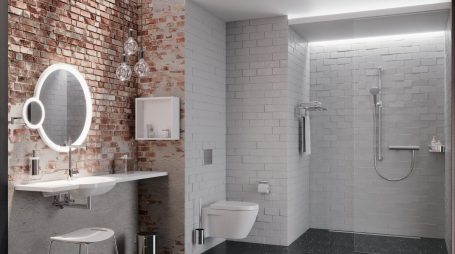
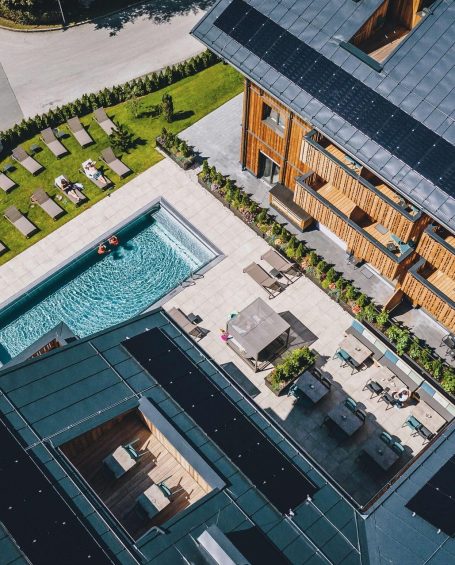
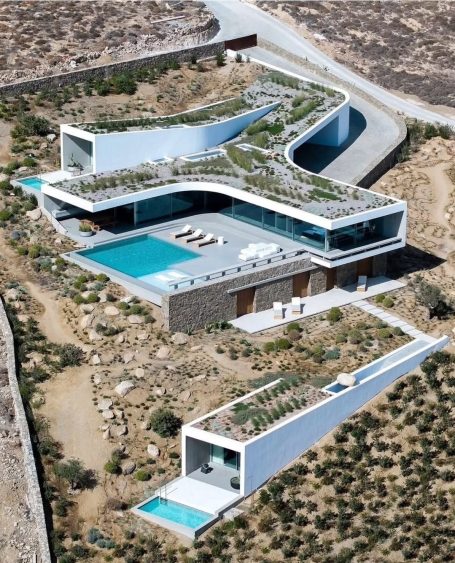
The urban real estate jungle
We cater to the specific needs of each real estate, tailored to its geographical challenges.
Central Europe
The weather in Central Europe has had a strong influence on the region's architecture and design. Adapting to the cold winters and mild summers requires careful planning regarding thermal insulation, ventilation, and solar regulation. The choice of materials such as brick, stone, wood, and clay, as well as the design of steep roofs and well-insulated walls, are key elements that take climatic challenges into account. The focus on natural materials, a balanced use of daylight, and functional, adaptable floor plans creates architecture that is comfortable and sustainable in both winter and summer. Central European architecture and design combine tradition and modern solutions to meet the needs of a region with diverse climatic challenges.
Nordics
The weather in Scandinavia has had a significant influence on architecture and design. Cold climates, long winters, and limited daylight required creative solutions to make indoor living comfortable and enjoyable. This results in architecture that maximizes natural light, is well-insulated, and functional, combined with a minimalist design approach that plays with natural materials and clean lines. Scandinavian design is not only a response to the climatic conditions, but also a philosophy that combines aesthetics and functionality.
Southern Europe
The weather in Southern Europe has had a strong influence on the region's architecture and design. Hot summers and mild winters require buildings that both block the sun and allow for natural cooling. This is achieved through thick walls, small windows, light facade colors, and open, ventilated spaces. The architecture promotes a close connection between indoor and outdoor spaces, emphasized by the widespread use of terraces, patios, and balconies. The Mediterranean style, which combines functionality with aesthetics, contributes to the creation of a living space that both takes advantage of the weather and supports the relaxed, social lifestyle of Southern Europe.
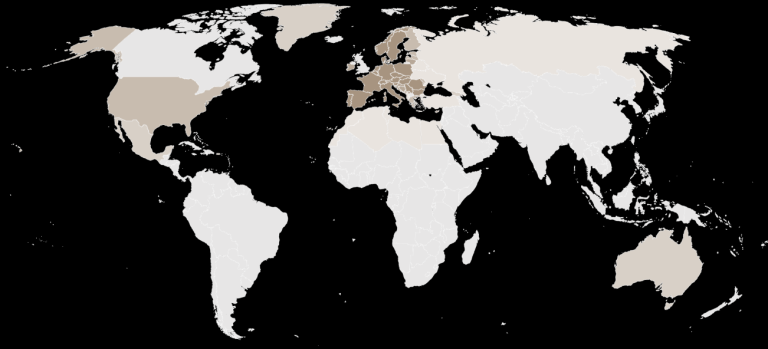


Eastern Europe
The weather in Eastern Europe has had a strong influence on architecture and design in this region. The long, cold winters required temperature-regulating solutions, reflected in thick walls, central heating, and the use of materials such as wood and stone. At the same time, Eastern European architecture and design are pragmatic and functional, with a strong focus on the use of natural light and adaptation to the harsh climatic conditions. Covered terraces, courtyards, and common spaces are also important for making life more pleasant during the short, cold winter days. In recent decades, there has also been a growing interest in sustainable and energy-efficient construction methods, which, with modern technologies, are intended to ensure a better quality of life in this region as well.
Iberia
The weather on the Iberian Peninsula has greatly influenced architecture and design in this region. The hot summers and mild winters require specific solutions such as thick walls, overhangs, natural ventilation, and the use of local materials that contribute to insulation and cooling. The emphasis on outdoor spaces such as balconies, roof terraces, and patios is another key architectural feature, encouraging outdoor living and supporting social interaction during the warmer months. The integration of traditional and modern architectural elements creates a unique connection between history and the current needs of the residents, providing both comfort and aesthetic beauty.
North Africa
The weather in North Africa, particularly the extreme temperatures and prolonged drought, has had a profound impact on the region's architecture. To meet the challenges of the hot, dry climate, an architecture has evolved that relies on natural insulation, air circulation, shade, and water sources. The use of thick walls, courtyards, wind towers, fountains, and local materials creates a pleasant indoor climate that is both functional and aesthetically pleasing. The combination of traditional Islamic architectural principles and innovative climatic solutions has contributed to the creation of architecture that meets both the climatic challenges and the social and cultural needs of North African society.
